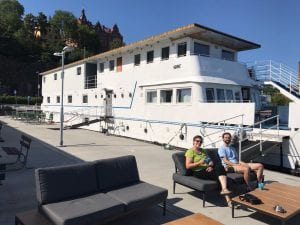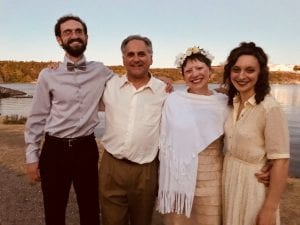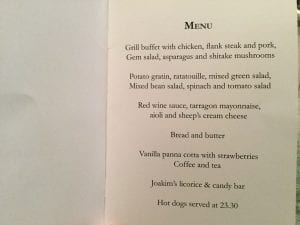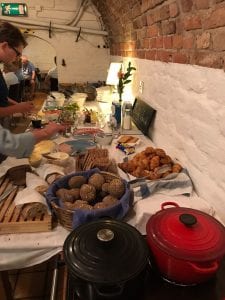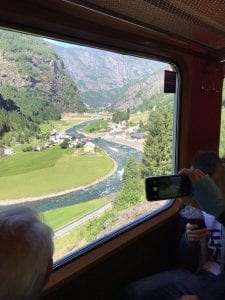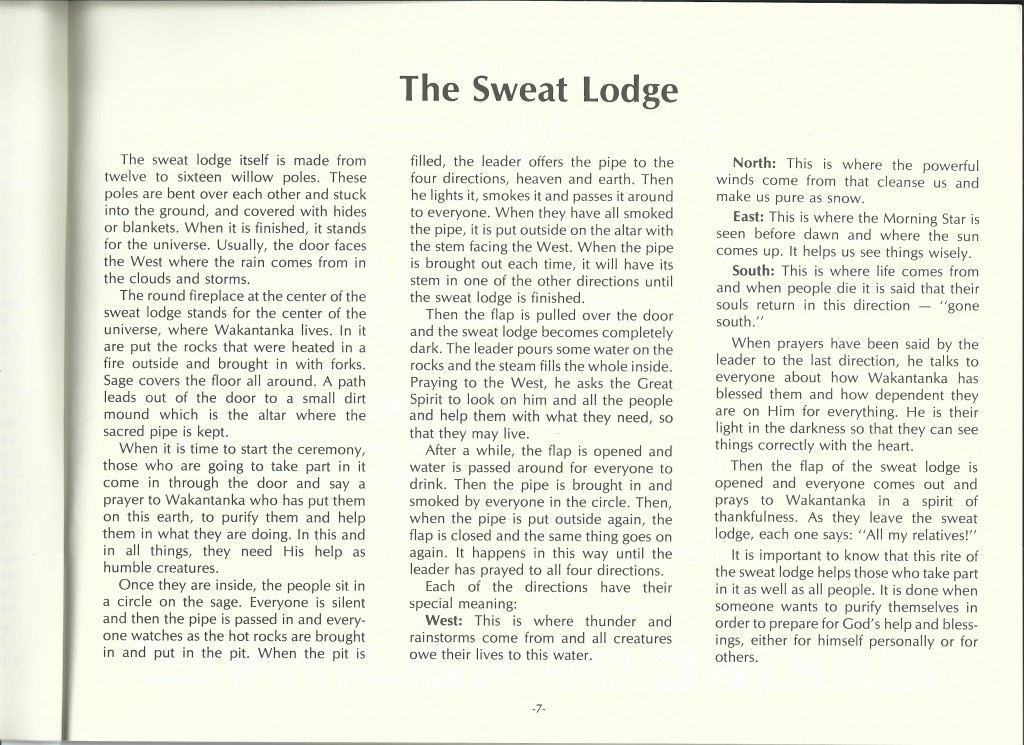I’ve been avoiding looking at my privilege for a long time.
While I realize I’m a white male in a mostly white society, for most of my life I wasn’t aware of my privilege (which is part of the problem).
I usually fell into statements like…
I am fortunate.
My life is blessed.
Without looking too much beyond that.
When I think about race and racism, I feel stuck. I feel like nothing I say will change the mess of a system we now have. So why am I saying anything? Partly, it has to do with being a writer and an educator; through writing, I often come to understand my own thinking and I feel like I need to do that before I can share it or help others to understand their thinking. More importantly, though, is that I’m realizing that writing is not enough. The injustices in the world are calling out once again that it is time for action.
Below are two, recent Facebook posts (written by other people) that I hope you will ponder for more than a quick read. I have re-read them several times and they are both a call to action.
The second post was written by the parent of a former student; Sam Hosey is a man that I respect — an intelligent, involved and caring parent, whose opinion as a person and as a black man, I value.
#1
—
In America – because I am a human who happens to have white skin, I can do all of these things without thinking twice:
I can be arrested without fear of being murdered (#GeorgeFloyd)
I can go birding (#ChristianCooper)
I can go jogging (#AmaudArbery)
I can sleep in my own home (#BreonnaTaylor)
I can relax in the comfort of my own home (#BothemSean and #AtatianaJefferson)
I can ask for help after being in a car crash (#JonathanFerrell and #RenishaMcBride)
I can have a cellphone (#StephonClark)
I can leave a party to get to safety (#JordanEdwards)
I can play loud music (#JordanDavis)
I can sell CDs (#AltonSterling)
I can sleep (#AiyanaJones)
I can walk from the corner store (#MikeBrown)
I can play cops and robbers (#TamirRice)
I can go to church (#Charleston9)
I can walk home with Skittles (#TrayvonMartin)
I can hold a hair brush while leaving my own bachelor party (#SeanBell)
I can party on New Years (#OscarGrant)
I can get a normal traffic ticket (#SandraBland)
I can lawfully carry a weapon (#PhilandoCastile)
I can break down on a public road with car problems (#CoreyJones)
I can shop at Walmart (#JohnCrawford)
I can have a disabled vehicle (#TerrenceCrutcher)
I can read a book in my own car (#KeithScott)
I can be a 10yr old walking with our grandfather (#CliffordGlover)
I can decorate for a party (#ClaudeReese)
I can ask a cop a question (#RandyEvans)
I can cash a check in peace (#YvonneSmallwood)
I can take out my wallet (#AmadouDiallo)
I can run (#WalterScott)
I can breathe (#EricGarner)
I can live (#FreddieGray)
White privilege is real. Take a minute to consider a Black person’s experience today.
#BlackLivesMatter
THIS IS NOT A COMPREHENSIVE LIST. It goes deeper and longer and so many injustices never saw the light of day.
I did not write this…feel free to share it…
______________________________________________________________
#2
By Sam Hosey
Thank you to all of my friends, who happen to be white, (or non-black) that have spoken up and spoken out. Many of you are my childhood friends and former co-workers whom I love dearly and I know many of you feel the same. So what do we do next? That’s a question I get asked often. First, keep your eyes open for injustices, but also look beyond the blatant racist acts and look for disproportionate treatment in our institutions. Second, call out your friends, relatives and even employers on their biased habits. Here are some suggestions…(and ask what can you do to fix this?)
* Read the book “White Fragility”
* Ask why is my church predominately white?
* Ask why my company or department isn’t 14% black (percentage of black population) at every level (entry level to executives)?
* Ask why the nonprofit board I’m on is so white?
* How many black people are in my circle of actual friends that I can talk to and listen to?
* How many black teachers has my child had in school?
* How many black neighbors do I have?
* How many black people are city council members?
* How many black public servants are there in my community?
* How many black people have I helped groom professionally speaking?
* Ask why are most of my local news anchors white?
* Ask when the last time I saw a white person brutalized on the news vs. the last time I saw a black person brutalized?
* Ask why are nearly all owners of NFL and NBA sports franchises white but players about 75% black?
* Ask why are most university presidents white?
* Ask why are athletic directors and D1 football/basketball coaches white, but the players mostly black?
* Ask why do I have such a problem with black athletes — who come from disadvantaged economic backgrounds and generate billions for the NCAA and millions for the school — getting paid, but are okay with white coaches getting millions?
* Ask why is the hero or leading character in my favorite movie white?
* Ask what programs does my company sponsor to uplift the black population in our community?
* Ask why are the rankings of “best schools” and “best neighborhoods” and “best cities to live” are always predominantly white?
I could go on. To bridge these gaps it will take very specific and intentional steps from white people. Attend meetings for the city council, the school board, your HOA, your nonprofit, your church, your company’s hiring panel and call this stuff out. Challenge other people who are in charge to fix it. Recruit, start action-based diversity programs, be welcoming, call out injustice and the wrong we see. It won’t do much if a couple people do it, but if a few million do, then we can effect change pretty fast and we won’t have to see racist cops killing people anymore. Thanks for listening.❤️
If you want to watch/listen to something to help kick start you, peep this out…
________________________________________
Wrap up…in direct response to Dr. DiAngelo’s video…and the two posts from above —
I’m the white progressive Dr. DiAngelo is talking about in the above video. I see that now. I do feel that I have tried to inform myself on race issues to some extent: attending diversity trainings and taking implicit bias tests, reading many books by black authors, singing in a mixed race gospel choir, many relationships with people of color… I try to be informed…but no, I haven’t given years to “study, struggle, and focus” on this topic.
I’m aware that my understanding of racism is incredibly incomplete, and there is some discomfort in discussing it…but that’s where growth comes from.
One tries to be humble and vulnerable when one is learning.
Humility…saying one has it pretty much destroys credibility.
the uncomfortability of discussing racism
is where we grow
things fall apart
so that they can be pieced back
together together
to fall apart…
know that the falling apart
will be pieced back
together
Yes, I was raised to be racially illiterate. Being Armenian, I was taught to be proud of my ethnicity. Proud of our language, our food, our history, our struggle to persevere and survive genocide,
and that’s similar
but different,
narrow, limited
I’m not living in Turkey.
Maybe if I was an Armenian living in Turkey right now…
Racism is definitely a system.
I’m part of it. Not proud of that.
A part of it
Not
apart from it
Her re-framing of the Jackie Robinson story for truth (…”whites let him play”…) helps me. I need role models…for change. I keep going back to Sam’s list above and thinking about which ones to address first.
Aversive racism, as she describes it, fit me to a point; I don’t buy the notion that our places of work are mostly white because people of color don’t apply — I’ve seen racist policies in place going on there…but have I spoken up?
I need to use my freedoms, my privilege, to speak up and out to change our unjust system.
Here’s an excerpt from DiAngelo’s book to get you thinking…

continued…

Here are some other resources that have helped me on my continuing journey.
Resources
Begin with the video, above, then read the book…
White Fragility by Dr. Robin DiAngelo
Assertive Black…Puzzled White: A Black Perspective on Assertive Behavior by Donald K. Cheeck, Ph.D.
Furious Cool: Richard Pryor and the World That Made Him by David Henry and Joe Henry
The Race Card Project encourages people to condense their observations and experiences about race into one sentence with just Six Words.
Join the Earl Nelson Singers…we meet on Monday nights at 7 pm at Sexton High School in Lansing (when it’s safe to do so).








